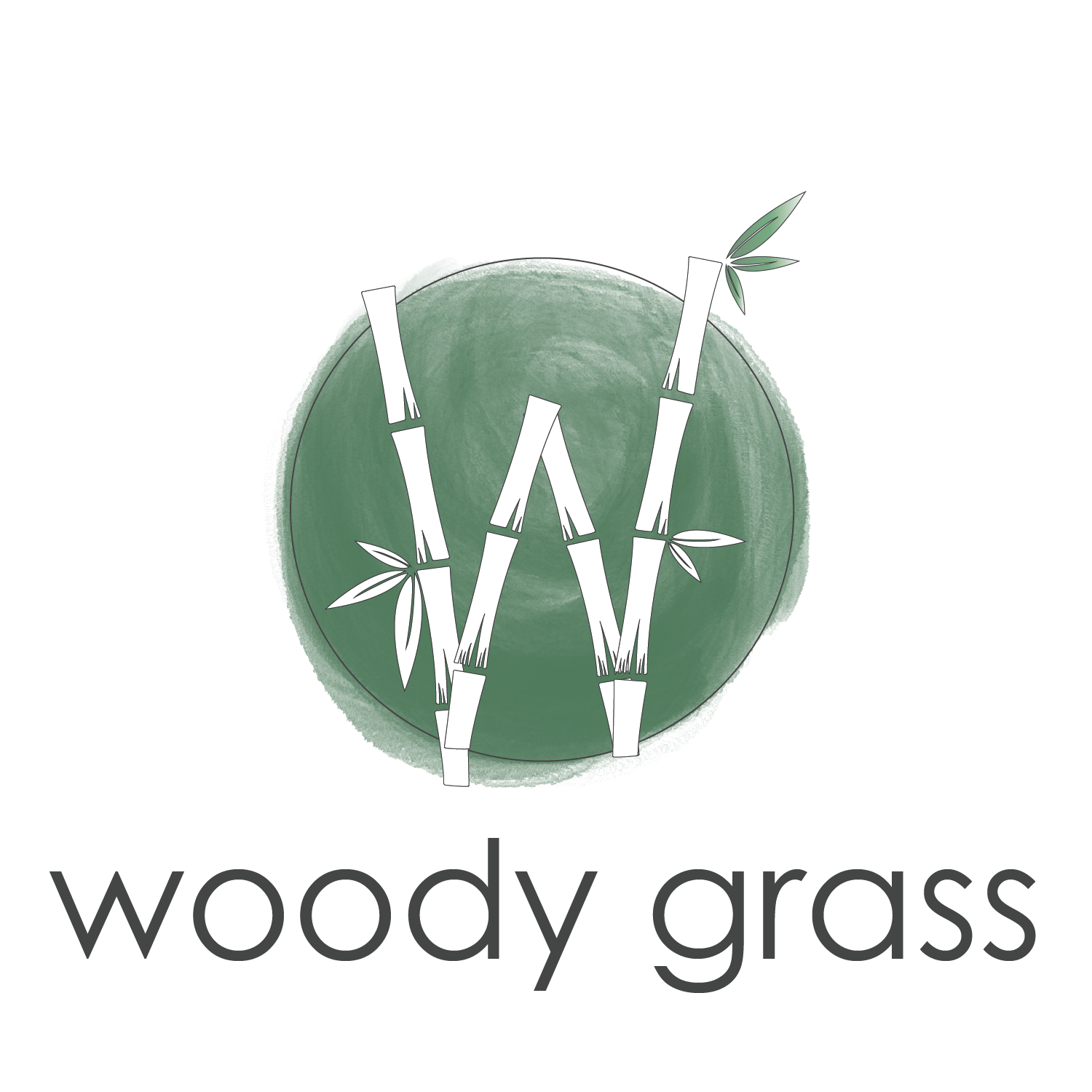Why Choose Bamboo?
We humans have always been in search of new ways to lead a more comfortable lifestyle. One that while being contemporary, luxurious, aesthetically appealing and high on technology also protects us from the harsh elements of nature.

The real challenge, however, has been to find and adopt truly sustainable materials and greener solutions to fulfill these lifestyle wants. Here’s where Bamboo steps in as an ideal, robust material having several potential applications. Bamboo can be used to create a wide range of home, office, garden and decor products and at the same time serves as a replacement for industrial materials that are high on CO2 emissions.
A GREENER ALTERNATIVE

We all know that Bamboo is the most environmentally friendly plant on this planet - it is one of the highest carbon sequesters amongst all the available floral species. It grows fast, matures within a few years and regrows after harvesting without the need for replanting, making it an essentially ‘renewable’ resource.
Bamboo is also very effective in controlling soil erosion, raising the water table and improving the fertility of soils. Bamboo can also restore degraded lands and protect forests, thus combating desertification.
A LOW CARBON FOOTPRINT

Plastic pollution, climate change and deforestation - the world’s most pressing global challenges can be traced to the extractive, ‘take-make-waste’ nature of current economic growth. All of these strategies have led to rapid and snowballing depletion of natural resources, with very little left for us to live on in the coming decades.

As a radical new concept to combat these issues and yet drive sustainable growth, the circular economy prescribes designing products, services and supply chains which are regenerative - which are based on renewable energy and resources, do not generate waste, and keep products and materials in use for as long as possible.
Bamboo, being very versatile and having thousands of documented uses, can replace materials with high carbon emissions, such as PVC, steel and concrete.
It can be processed into furniture, home interior, lifestyle accessories and many more products. It can form an important part of low‐carbon or zero-waste lifestyles.
Bamboo requires a less emissions intensive procedure to convert it into products. And at the end of a bamboo product’s life cycle, it can be recycled, repurposed, or burned to produce heat or electricity. These factors mean that bamboo products can have a low or even negative eco‐cost over the course of their lifecycle, compared to other materials.
CREATING A BEAUTIFUL LEGACY

To us at Woody Grass, this is the most important perspective. We find that as a race, humans have failed to see how our habits will leave nothing behind for our children.
Up until the last decade, most of us believed that the end of planetary resources may lie a 100 or more years away. That has changed. All climate change research bodies have now indicated that we may just have 20-30 good years left.
This means that a 10-yr old kid in 2021, will only have good food, air, water and weather till he/she turns 40! Truly that’s not what any parent wishes for their children. It’s time to make a change - A change that will hopefully slow down the climate change snowball and enable us to leave behind a life of abundance for future generations.
THE FARMER’S LIFE-LINE

In addition to its environmental benefits, bamboo can be an important form of livelihood for millions of people in our country.
Bamboo is a robust natural resource that can be easily integrated into agriculture, by growing it on farmlands, farm boundaries, homesteads as well as non-agricultural land including wastelands and degraded lands. It establishes rapidly after planting with low risk of failure, requires comparatively low investments to establish a plantation, responds exceptionally well to proper management, and can be intercropped.
Bamboo provides farmers a perennial resource that can grow in rain fed areas as well as withstand droughts. At the same time, it can be harvested annually or at any time of the year depending on the need. Being relatively drought resistant and perennial in nature, bamboo offers farmers a robust and dependable supplement to the fickle conventional agricultural practices.
While its management is agricultural in nature, bamboo has physical properties like wood, thus enabling smallholders to break into the wood products market.

This gives bamboo farmers access to two key markets, agriculture and wood products. Bamboo also gives rural households the additional advantage of being able to add value through processing, and thereby promotes rural art and craftsmanship while contributing to the creation of rural enterprise and jobs.
